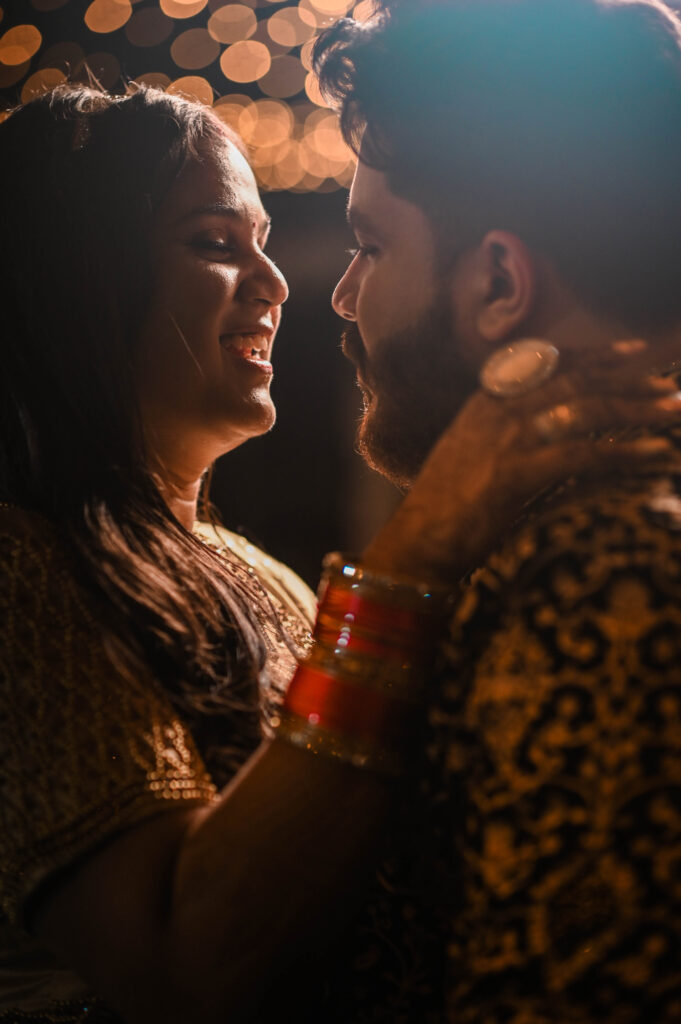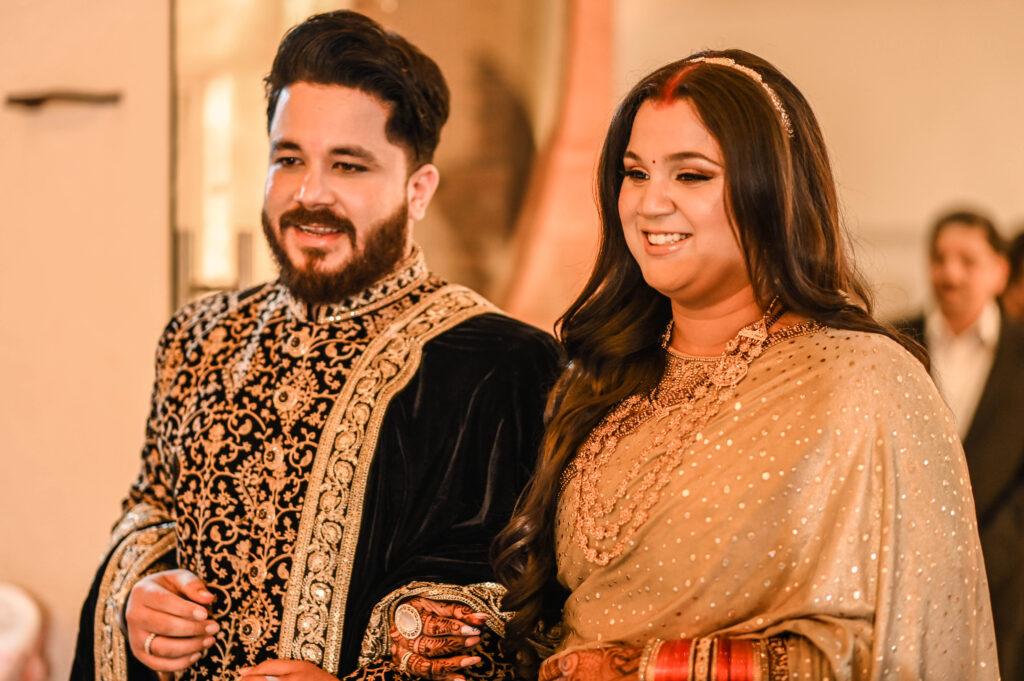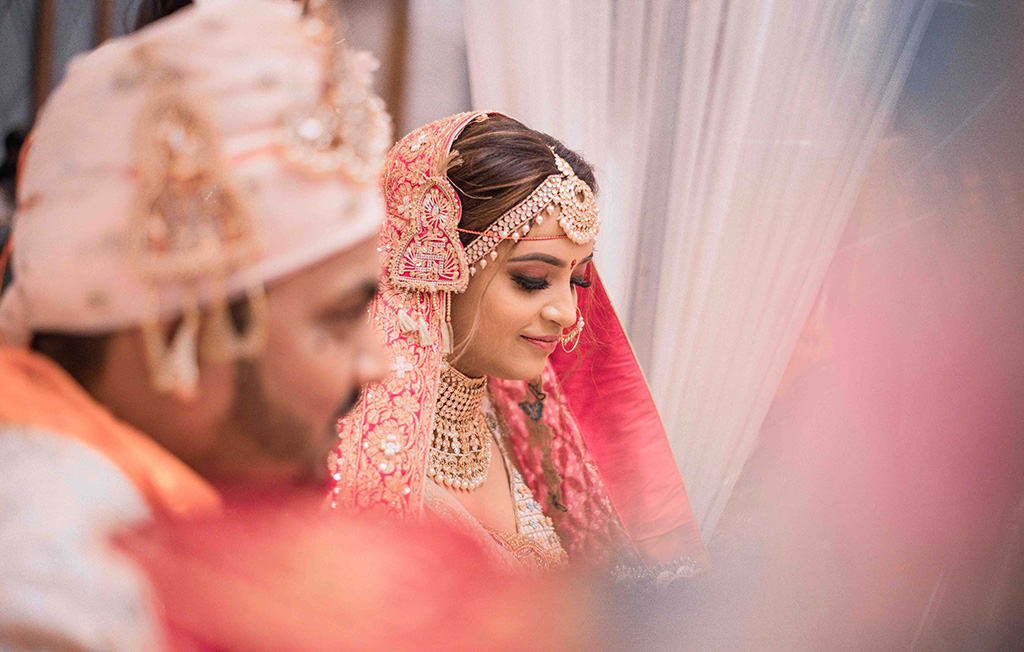wedding photography has come a long way from its early days of stiffly posed portraits and bulky cameras. Modern technological advancements have not only revolutionized the tools available to photographers but also redefined the way they approach storytelling, composition, and client interaction. From high-tech equipment to AI-driven software, these innovations have empowered photographers to produce stunning, emotionally resonant images while enhancing efficiency and creativity.
This article explores the intersection of technology and wedding photography examining the tools, techniques, and trends that have reshaped this art form.
1. The Evolution of Technology in Wedding Photography
Early Beginnings
wedding photography began with formal, studio-based shoots using large-format cameras. Technological limitations dictated the style, resulting in static and posed images.
The Transition to Film Cameras
The introduction of film cameras allowed for more flexibility, enabling photographers to document weddings in real-time. Color film further enhanced the visual appeal.
Digital Revolution
The shift to digital photography was a game-changer, offering instant feedback, limitless shots, and advanced post-processing capabilities. It marked the beginning of a new era in wedding photography.

2. Modern Equipment Transforming wedding photography
High-Resolution Cameras
- DSLRs and Mirrorless Cameras: Brands like Canon, Nikon, and Sony dominate the market with cameras capable of capturing incredible detail and color accuracy.
- Medium Format Cameras: High-end cameras like the Fujifilm GFX series provide unparalleled image quality, especially for fine art wedding photography.
Advanced Lenses
- Prime Lenses: Known for their sharpness and wide apertures, prime lenses excel in creating beautiful bokeh and performing well in low light.
- Zoom Lenses: Offer versatility and efficiency, ideal for fast-paced wedding environments.
- Specialized Lenses: Macro lenses capture intricate details like wedding rings, while tilt-shift lenses create artistic effects.
Drones for Aerial wedding photography
Compact drones equipped with 4K cameras provide breathtaking aerial views of outdoor ceremonies, landscapes, and venues. This technology adds a cinematic dimension to wedding albums.
Lighting Equipment
- Portable Flashes and Strobes: Essential for balancing light in dimly lit settings or creating dramatic effects.
- Continuous LED Lighting: Popular for video and hybrid photo-video shoots, providing consistent illumination.
- Modifiers: Softboxes, reflectors, and diffusers help control and shape light for a polished look.
Stabilization Tools
- Gimbals: Ensure smooth, professional video footage, especially during dynamic moments like processions or receptions.
- Tripods and Monopods: Provide stability for long exposures or group shots.
3. The Role of Software in wedding photography
Post-Processing Tools
- Adobe Lightroom and Photoshop: Industry-standard software for color correction, retouching, and creative enhancements.
- AI-Driven Editing Tools: Software like Luminar Neo uses artificial intelligence to automate tasks like sky replacement, skin smoothing, and object removal.
Client Galleries and Delivery
Platforms like Pixieset, SmugMug, and ShootProof allow photographers to deliver high-quality digital galleries, offering easy sharing and print ordering options.
Video Editing Software
wedding photography use tools like Adobe Premiere Pro and Final Cut Pro to create cinematic films that complement photo albums.
4. Cutting-Edge Innovations Shaping wedding photography
AI in wedding photography
Artificial intelligence is reshaping the workflow of wedding photography
- Automated Sorting: AI-powered tools can quickly sort through thousands of images, identifying the best ones based on sharpness, composition, and emotion.
- Smart Editing: AI enhances efficiency by automating color grading, retouching, and other post-production tasks.
- Facial Recognition: Ensures key subjects, like the couple and immediate family, are prioritized in group shots.
Augmented Reality (AR) and Virtual Reality (VR)
- AR Albums: Integrating AR technology allows couples to view embedded videos or animations by scanning photos with a smartphone.
- VR Experiences: Immersive VR technology lets couples relive their wedding day in 360 degrees, creating a unique keepsake.
360-Degree Cameras
Specialized cameras capture panoramic views of venues and events, providing an immersive storytelling experience.
Live Streaming
Platforms like Zoom and YouTube enable live broadcasting of weddings, allowing distant loved ones to participate virtually.
5. Enhancing Creativity with Technology
Cinemagraphs
These hybrid creations combine still photography with subtle motion, such as a bride’s veil fluttering, adding a unique artistic element.
Time-Lapse and Hyperlapse
Capturing hours of preparation, ceremonies, or receptions in condensed sequences provides a dynamic perspective on the day.
Light Painting and Long Exposures
Using long exposure techniques during nighttime shoots can create artistic effects, such as sparkler trails or starry skies.
Drone Videography
Drones not only capture stunning photos but also create dramatic video sequences, weaving cinematic elements into wedding films.
6. Challenges of Technology in wedding photography
Complexity and Learning Curve
- Challenge: Constantly evolving technology requires photographers to stay updated and invest time in learning new tools.
- Solution: Attending workshops, online courses, and hands-on practice ensures proficiency.
Cost of Equipment
- Challenge: High-end cameras, lenses, drones, and software demand significant financial investment.
- Solution: Renting equipment or starting with budget-friendly options can help manage costs.
Technical Failures
- Challenge: Technology is not immune to glitches, such as camera malfunctions, memory card failures, or drone crashes.
- Solution: Carrying backup gear and employing meticulous planning reduces risks.
Balancing Creativity and Automation
- Challenge: Over-reliance on automated tools may hinder artistic vision.
- Solution: Using technology as a supplement rather than a substitute ensures a balance between creativity and efficiency.
7. The Future of wedding photography and Technology
Eco-Friendly Practices
Sustainable innovations, such as energy-efficient equipment and digital-only delivery options, align with the growing demand for eco-conscious weddings.
Smart Cameras
AI-integrated cameras may soon predict optimal settings, identify emotional moments, and capture them automatically.
Personalized Experiences
Technological advancements will allow photographers to tailor their services, creating highly customized albums, videos, and interactive elements.
Blockchain for Copyrights
Blockchain technology could help photographers secure their copyrights, ensuring fair use and compensation for their work.
8. The Significance of Emotional Anticipation
Preserving the Raw Emotion
The emotions leading up to key moments—like the vows or the first dance—are intense and fleeting. Wedding photography captures these raw feelings, preserving them for the couple to revisit.
Creating Timeless Memories
A wedding day is packed with emotions that define the couple’s journey. Anticipatory moments captured in photographs transcend time, allowing couples to relive the nervous excitement and overwhelming love years later.
Elevating the Narrative
Emotions add depth to wedding photography, transforming it from a mere record of events into a compelling story. Capturing anticipation sets the tone for the entire wedding album.
9. Moments of Anticipation in Wedding Photography
The Pre-Ceremony Excitement
- Bridal Preparations: The quiet moments as the bride gets ready, her friends and family bustling around, are filled with emotion and anticipation. A photographer might capture the bride gazing into a mirror, holding her bouquet, or sharing a laugh with her bridesmaids.
- The Groom’s Preparation: The groom adjusting his tie or sharing a toast with his groomsmen is equally rich in emotion, showing a mix of excitement and nervousness.
The First Look
The “first look” moment, where the couple sees each other for the first time before the ceremony, is a treasure trove of anticipation. The expressions of love, joy, and awe are often among the most cherished images.
Walking Down the Aisle
The bride’s walk down the aisle, the groom’s reaction, and the guests’ emotional faces are filled with anticipation and serve as powerful storytelling moments.
The Exchange of Vows
The seconds leading up to the exchange of vows or the first kiss capture a quiet intensity that showcases the depth of the couple’s commitment.
The Reception Build-Up
As the couple prepares for their first dance or the toasts begin, photographers can capture the excitement and joy in candid moments among guests and family.

10. Techniques for Capturing Emotional Anticipation
Observation and Intuition
Photographers need to anticipate moments before they happen. By closely observing body language, subtle cues, and interactions, they can position themselves to capture emotions as they unfold.
Candid Photography
Candid shots often reveal unfiltered emotions. A skilled photographer blends into the background, allowing the couple and guests to express themselves naturally.
Close-Ups
Zooming in on facial expressions, clasped hands, or other details emphasizes the intensity of anticipation. These small, personal moments often carry the most emotional weight.
Light and Composition
Using natural light or soft, diffused lighting can enhance the emotional atmosphere of a photograph. Composition techniques like framing or using reflections also elevate the storytelling.
Patience and Timing
Emotional anticipation requires patience. Photographers must be ready to capture split-second reactions, such as the groom’s expression when he sees the bride or a parent’s tearful smile.
11. The Impact of Emotional Anticipation on wedding photography
Deepening Emotional Connections
Photographs that capture emotional anticipation create a stronger bond between the couple and their memories. These images often resonate deeply because they reflect universal human emotions.
Unique Storytelling
Each wedding has its own rhythm and emotions. Focusing on moments of anticipation ensures the story is unique to the couple, adding authenticity and individuality to the wedding album.
Elevating the Photographer’s Role
By mastering the art of capturing emotional anticipation, photographers transition from documentarians to storytellers and artists, adding significant value to their work.
12. Challenges in Capturing Emotional Anticipation
Maintaining a Discreet Presence
Photographers must blend seamlessly into the background to ensure emotions are natural and unposed. Achieving this balance requires skill and experience.
Reading the Room
Anticipating emotional moments demands a deep understanding of people’s interactions and behaviors, which can vary widely among cultures, families, and individuals.
Time Constraints
Weddings are fast-paced, and moments of anticipation can pass in the blink of an eye. Photographers must be prepared and adaptable to capture these fleeting emotions.
13. Emotional Anticipation in the Age of Social Media
Sharing the Story
Couples often share wedding photos on social media, highlighting emotional moments that resonate with their loved ones. These images have a powerful impact, connecting people across distances.
Balancing Intimacy and Visibility
Photographers must strike a balance between capturing intimate, personal moments and delivering images suitable for public sharing.
14. Creating a Timeless Wedding Album
Building a Narrative Arc
A wedding album that highlights moments of anticipation creates a narrative arc that feels cinematic and immersive, inviting viewers to relive the day emotionally.
Pairing Anticipation with Joy
Coupling images of emotional build-up with celebratory moments provides contrast and depth, making the album a comprehensive reflection of the day’s journey.
15. The Future of Emotional Anticipation in wedding photography
Virtual Reality and 360-Degree Photography
Emerging technologies may allow couples to relive moments of anticipation in immersive ways, adding a new dimension to wedding photography.
AI in wedding photography
AI tools could assist photographers in identifying key emotional moments during editing, ensuring that no special moment is overlooked.
16. Conclusion
Technological advancements have revolutionized wedding photography enabling photographers to push the boundaries of creativity and storytelling. High-resolution cameras, drones, AI-driven editing tools, and immersive technologies like VR have enhanced both the artistic and technical aspects of the craft.
While challenges such as cost and complexity exist, the benefits of these advancements far outweigh the drawbacks. Photographers can now deliver exceptional results, preserving not only the visuals but also the emotions and memories of the day.
As technology continues to evolve, the possibilities for innovation in wedding photography are limitless, promising an exciting future where love stories are captured with greater artistry and precision than ever before.















